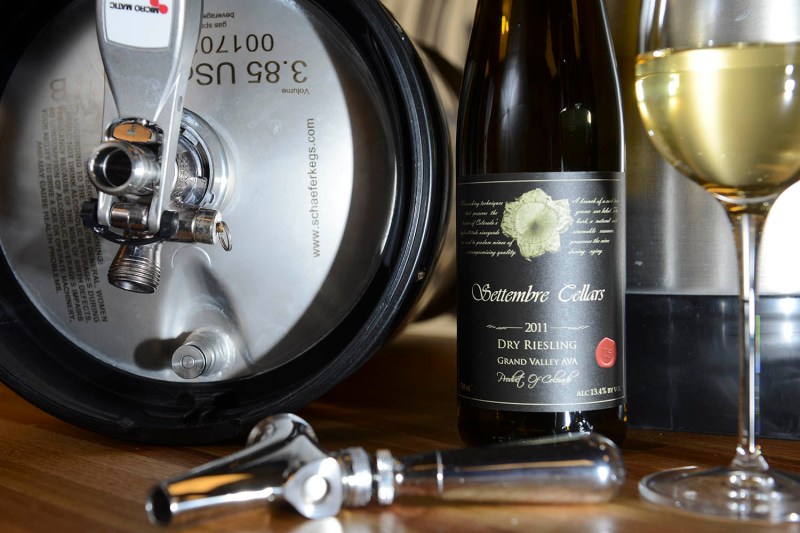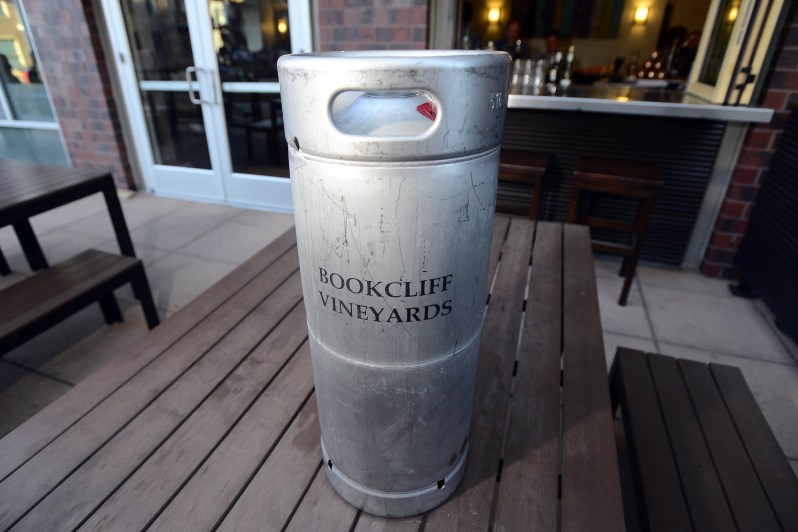Somewhere between the crazes of boxed wine and canned wine, keg wine happened. Draft vino has grown in popularity, but it never seemed to surge to the levels of the other formats. Yet, it remains an efficient means of storing and serving wine, especially for restaurants or social humans that like to host large soirees.
While more winemakers are dabbling in the approach, it hasn’t taken over the industry like some expected. Proponents continue to praise keg wine for its reduced carbon footprint and ability to keep the wine healthy and fresh. Bottles, as we all know, are susceptible to overheating, oxidizing, developing TCA (what we often call “corked”), and more, although many of these issues are relatively rare.

One of the coolest things about draft wine is that the kegs thmselves are reusable. Producers and distributors can gather them when they’re dry, sanitize, and refill. It’s a nice hand-off between restaurant or retailer staff and winery staff, one that can lead to a lasting relationship around a single vessel. In theory, a restaurant can ask for a fill from an area producer and the wine can be there later that day.
At the newly opened Dóttir in Portland, draft wine dominates. The Icelandic restaurant, part of larger Scandinavian hotel KEX, has about ten wines available for a fast pour. They include everything form Riesling and White Pinot Noir to Gamay and Nebbiolo, predominately from the surrounding Willamette Valley. There’s even a house white, made by nearby urban producer Coopers Hall, another big player in the draft wine game.
Sean O’Connor oversees the wine program at Dóttir and says the reasoning behind the keg program is three-fold, adding that for many of the producers he’s working with, it’s their first foray into draft. First is accessibility, stemming from an egalitarian restaurant philosophy. Secondly, sustainability. “Lastly, like snapping a photo, a keg gives the winemaker a vessel for capturing a specific moment and a specific expression of their process,” he says. “I feel this type of vessel provides a very nuanced look into a winemaker’s creative process.”

An important element restaurants consider is cost. With keg wine, it’s easier to get a good deal and then pass that off to the consumer. The producer doesn’t have to shell out for the traditional array of packaging supplies (corks, labels, capsules, etc.). Mainly, they just have to rack the stuff into a keg and get it to their retailer.
Restaurants and bars also like the ease of use. With the flip of a handle, a glass pour is drawn. There’s no fiddling with a wine key before onlooking guests at the table or gassing opened bottles at the end of the evening. Perhaps best, it can all be done behind the curtains, with imbibers none the wiser. With so many preconceived notions about wine and its best format, why not just avoid that conversation altogether?
But there’s a presentation aspect to wine and most people like to know at least something about the whole process. That includes everything from vintage growing season to the bottle, box, or keg it ultimately rests in. The industrial aspect of putting something to keg is easy to relate to the giants like Budweiser or Coca-Cola. With wine, though, the kegs are often smaller but much more important than that is the environmental implications and freshness of the wine, the latter looming larger and larger in the collective palate.
Vintners have been creative about sourcing their vessels, hitting up breweries or larger beverage producers for excess containers. Companies like Free Flow look to make the whole process a bit easier. As places with respectable glass pour lists consider the option of wine by the keg, imbibers would be wise to give them a try and see what a straight-from-the-cellar wine truly tastes like.


